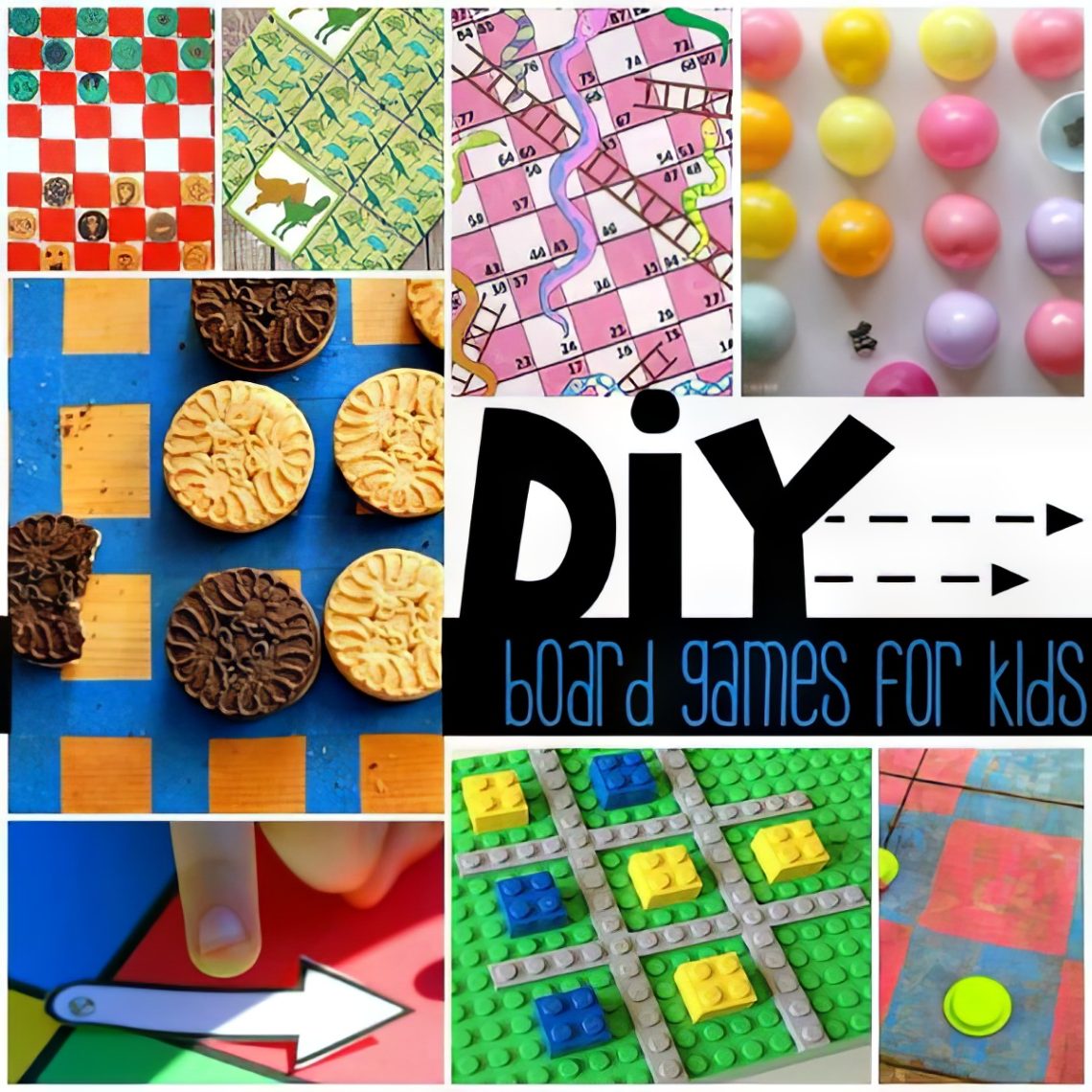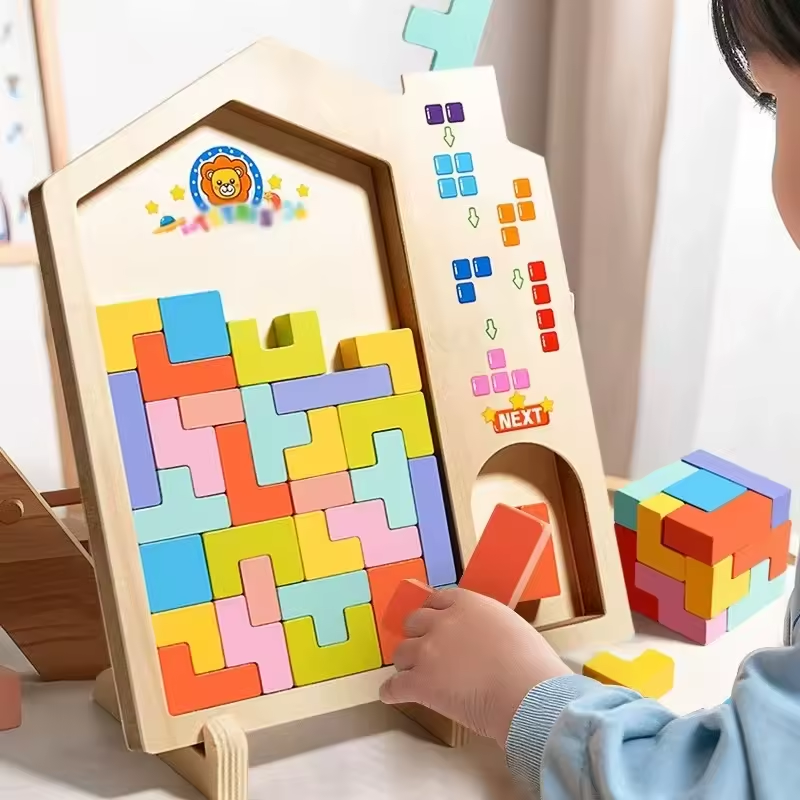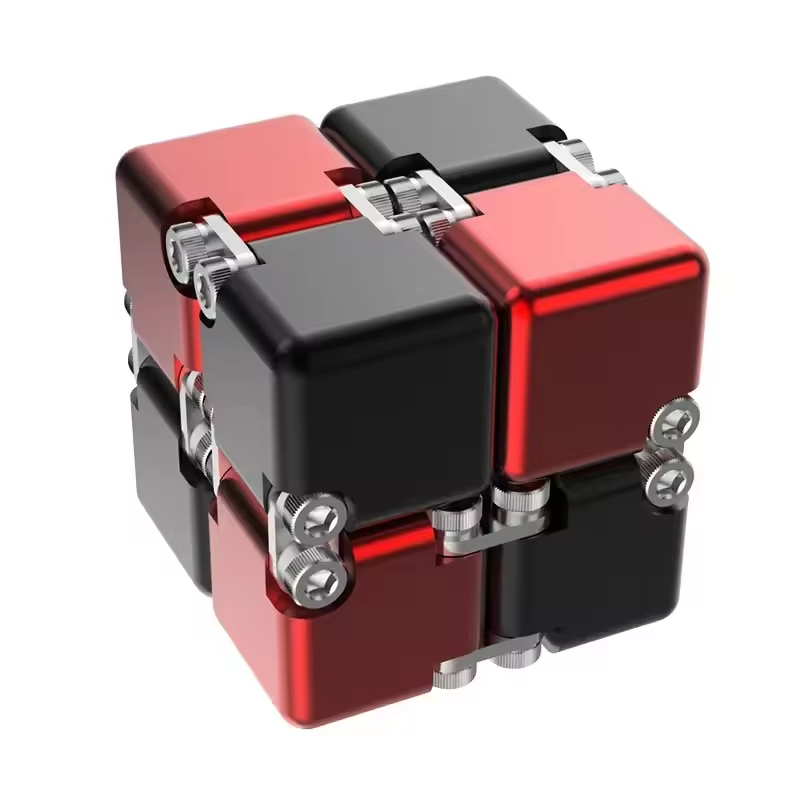Define Your Board Game Concept
Defining the concept of your board game is crucial. Start by identifying the key theme, audience, and objectives. What type of game interests you? Do you prefer strategy, adventure, or party games? This choice will guide the game’s design and rules. Next, think about the experience you want to provide. Should it thrill, educate, or challenge players? Knowing this helps tailor the game mechanics appropriately. Also, consider the number of players and game duration. Will it be for large groups or more intimate settings? How long should a typical game last? Answers to these questions establish a solid foundation for your board game. Lastly, assess the interaction among players. Should they compete or cooperate? Your answers will shape the initial version of your game.learn about how to make a board game.
Establish Game Mechanics and Rules
Choosing the right mechanics and rules is key to your board game’s success. First, decide on the core actions players will perform, like rolling dice or drawing cards. These actions should be engaging and support the game’s theme. Ask yourself, will players take turns, or act simultaneously? Consider game balance as well. Make sure no player has an unfair advantage from the start.
Next, clarify your game’s goals. What must players do to win? Set a clear objective, whether it’s accumulating points, completing challenges, or being the last one standing.
Create simple, understandable rules that enforce fair gameplay. Clear rules prevent confusion and help newcomers pick up the game quickly. Avoid complex language or too many exceptions. Rules are easier to follow when they’re straightforward.
Finally, think about game length. Decide how long the average game should take. This impacts player interest and can help tailor the game to your intended audience.
By establishing clear mechanics and rules, you lay the foundation for a fun and repeatable board game experience.
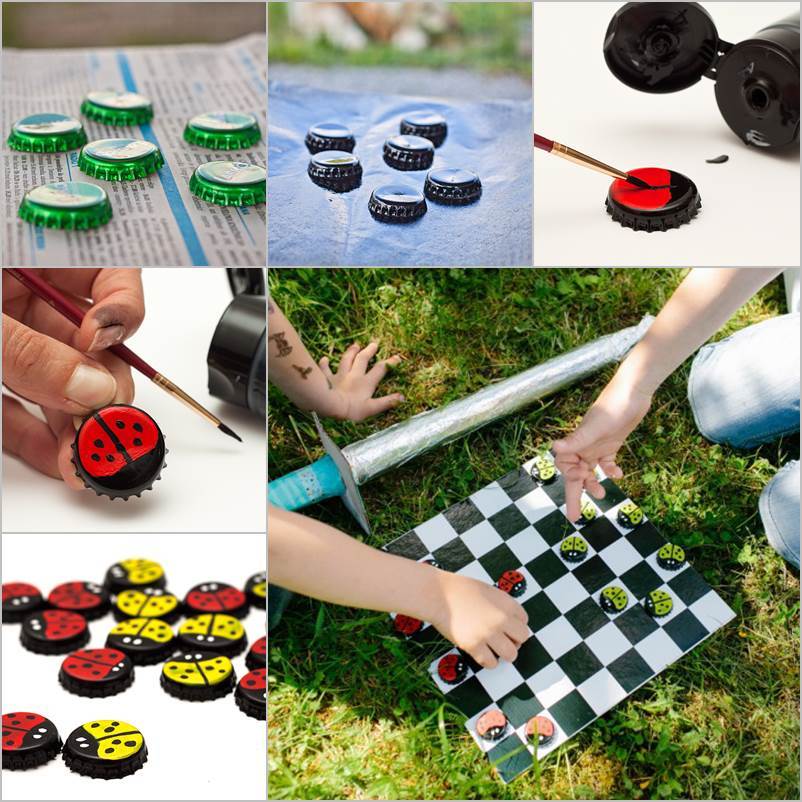
Design the Board and Game Components
Designing your board and game components is a critical step. Begin by sketching the layout of your game board. Consider the path players will take. Should it be linear or more complex with multiple routes?
Next, select materials for the board. Cardboard is a common choice for prototypes, being both affordable and easy to work with. For a more durable option, consider cardstock or wood.
Now, think about the game pieces. Players will interact with these items most. They should be easy to handle and visually distinct. You can use simple items, like colored stones or tokens. Or, for something unique, design custom pieces that fit your game’s theme.
Game cards are next if your game includes them. Ensure the text is clear and the design is not cluttered. Cards should provide necessary information without overwhelming the players.
Finally, consider any other components your game requires. Timers, dice, and scorepads may be necessary depending on your game mechanics. Choose these based on necessity and how they fit into your game’s design.
By carefully selecting and designing these components, you craft a game that is not only functional but also engaging and enjoyable to play.
Create the Prototype and Playtest
Creating a prototype is essential for testing your board game ideas. Start by gathering simple materials like cardboard, markers, and paper to create a basic model of your game. This allows you to visualize and adjust the layout and mechanics affordably.
Once your prototype is ready, it’s crucial to playtest it. Invite friends or family to play. Observe their interactions with the game and ask for their honest feedback. Focus on aspects like gameplay smoothness, rule clarity, and overall engagement. Make notes on what works and what doesn’t.
Playtest multiple times with different groups if possible. This helps identify common issues and highlights what players enjoy. Revise your prototype based on the feedback. Adjust rules, game mechanics, or components as needed. Remember, the goal is to refine the game to ensure it is enjoyable and functional.
Through iterative testing and refining, you enhance the player experience. When your game mechanics are solid, and players report having fun, you know your game is moving in the right direction.
Refine Rules and Game Design
After playtesting, it’s time to refine your game. Listen to feedback carefully. Identify rules that are difficult to understand or gameplay elements that didn’t work well. Simplify complex rules. Every rule in your game should have a clear purpose. Remove elements that complicate without adding fun.
Streamline Game Mechanics
Check the game’s pace and player engagement. Are there dull moments? Speed them up. Make sure each player action feels meaningful. Balance is crucial. Ensure no player or strategy dominates consistently.
Enhance Visual Design
A visually appealing board and pieces can greatly enhance the gaming experience. Use colors and icons to make the game intuitive. A good visual design helps players understand the game faster.
Conduct Blind Playtests
Have groups play without your guidance. Can they understand the rules on their own? This will show if your game is ready for a wider audience. Collect the feedback and make final tweaks to the rules and design.
Refining your game is an iterative process. It takes several rounds of adjustments. Be patient and thorough. The result will be a well-polished, enjoyable board game.
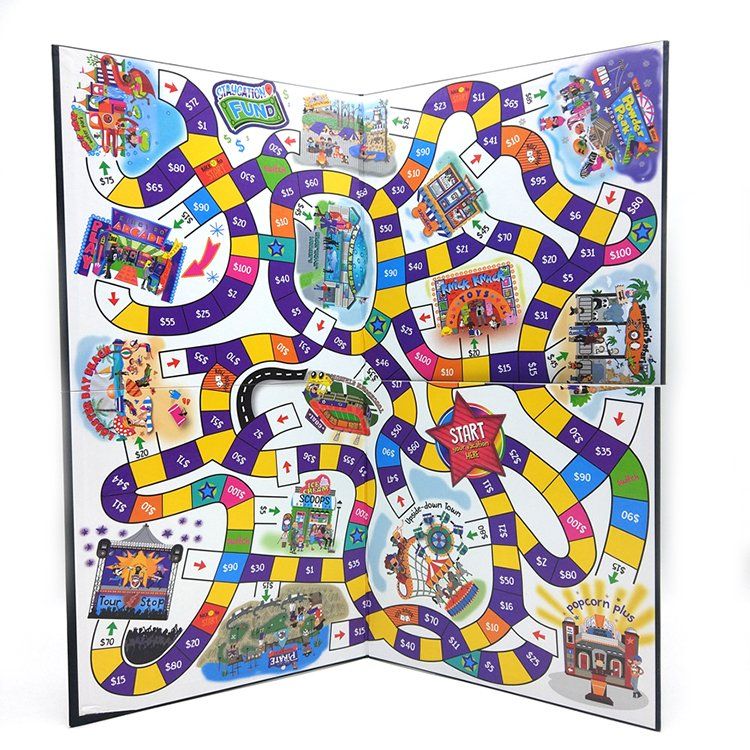
Plan the Product and Distribution Strategy
To successfully launch your board game, developing a solid product and distribution strategy is key. Start by deciding the scale of your production. Do you want to make a few handmade games or produce in bulk? Each choice has different costs and implications.
Next, consider your distribution channels. Will you sell online, in local stores, or both? Online platforms can reach a wider audience. Local stores, however, can provide a tactile, hands-on buying experience.
It’s essential to price your game appropriately. Research similar games to get an idea of the market rate. Keep your costs in mind to ensure your pricing is competitive yet profitable.
Marketing is crucial. Develop a marketing plan that includes social media, gaming forums, and local game events. These platforms can help you connect with your target audience effectively.
Lastly, consider potential partnerships. Collaborating with game cafes or local gaming groups can boost your game’s visibility and credibility.
By carefully planning production, pricing, marketing, and partnerships, your board game can reach its potential players effectively and successfully.
Consider Types of Board Games for Inspiration
When crafting your board game, look to existing games for inspiration. This doesn’t mean copying them. It means learning from their themes, mechanics, and what makes them popular. Let’s explore different types of board games to inspire your design process.
Abstract Games
Take cues from games like Chess and Go. They use simple mechanics to create deep strategic play. Try to distill complex ideas into easy-to-understand rules. Your game could become a classic with longevity.
Eurogames
Look at Settlers of Catan or Ticket to Ride. These games balance strategy with a theme to engage players. They often avoid direct conflict, focusing on building and developing instead. This could suit your audience and theme.
Thematic Games
Games such as Betrayal at the House on the Hill immerse players in a story. Design a game that takes players on an adventure. Make sure your theme shines through every aspect of the game.
Party Games
Titles like Codenames are quick and accessible. They’re perfect for social gatherings. Consider creating a game that requires minimal setup and rules explanation.
Deduction Games
If you appreciate games that involve mystery and bluffing, like Clue or Secret Hitler, think about including elements that encourage critical thinking and social interaction.
Wargames
Risk or Axis & Allies offer complex strategic experiences. Remember that longer, more involved games need to keep players engaged throughout. Make sure your rules and objectives support this engagement.
Draw from these different game types to form a unique concept. Combine elements or invent new ones. The goal is to create an enjoyable experience that resonates with players. Don’t be afraid to innovate or add your unique twist to classic ideas. Your game could start a new trend in the board game community.
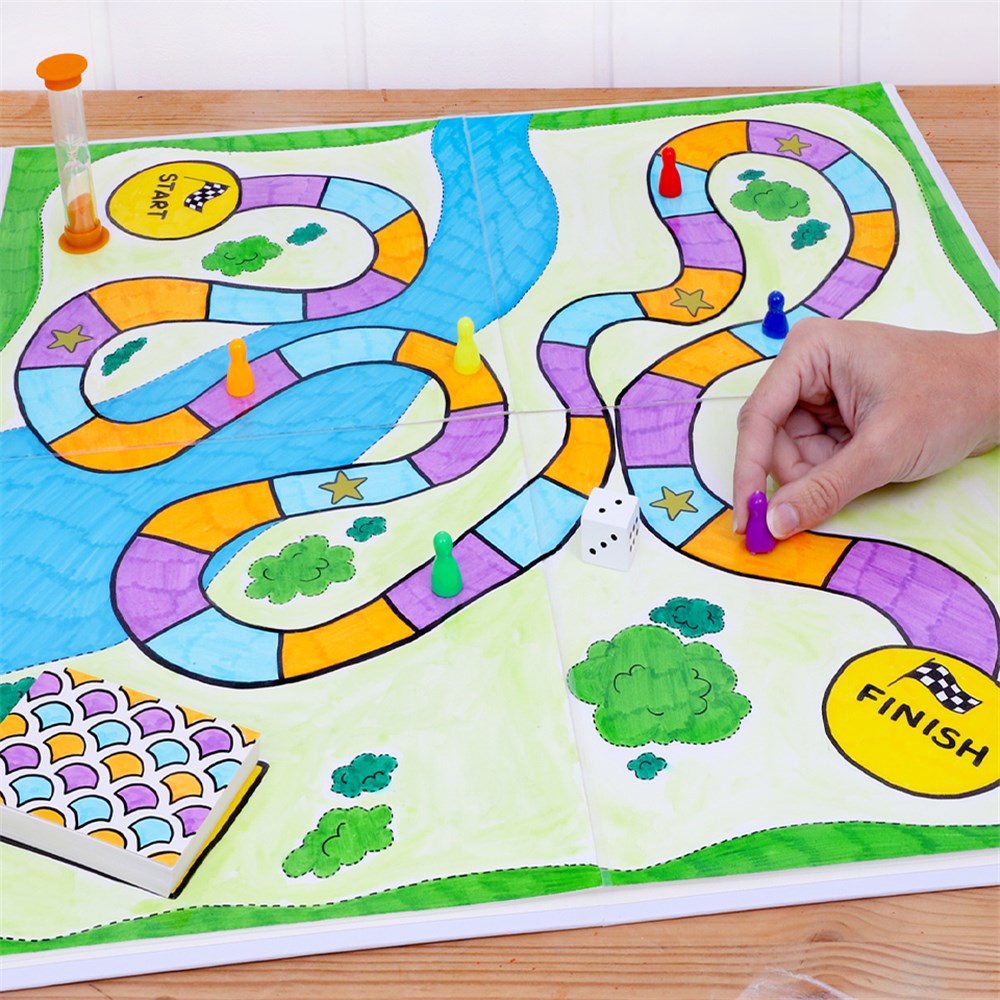
Bring Your Board Game to the Market
Bringing your board game to the market requires strategic planning and execution. Start by creating a compelling marketing strategy to generate interest and excitement about your game. Utilize social media platforms, online ads, and board game forums to reach your target audience effectively.
Next, consider launching a crowdfunding campaign on platforms like Kickstarter. This can help gauge interest and gather funds for production without significant financial risks. Ensure you present a clear and engaging pitch, and offer attractive rewards to backers.
Production is the next critical step. Select a reliable manufacturer who can produce high-quality game components at a reasonable cost. Consider factors like material quality, production time, and shipping logistics.
Once your game is produced, focus on distribution. Establish relationships with distributors and retailers who can help your game reach a wider audience. Online sales through your own website or platforms like Amazon can also be powerful channels.
Finally, maintain engagement with your audience. Organize game nights, participate in board game conventions, and respond to customer feedback. Continuous engagement can lead to repeat customers and strong word-of-mouth recommendations.
By strategically navigating these steps, you can successfully bring your board game to the market and make it a hit among gamers. Ensure each step is thoughtfully planned and executed to enhance your game’s reach and success.
